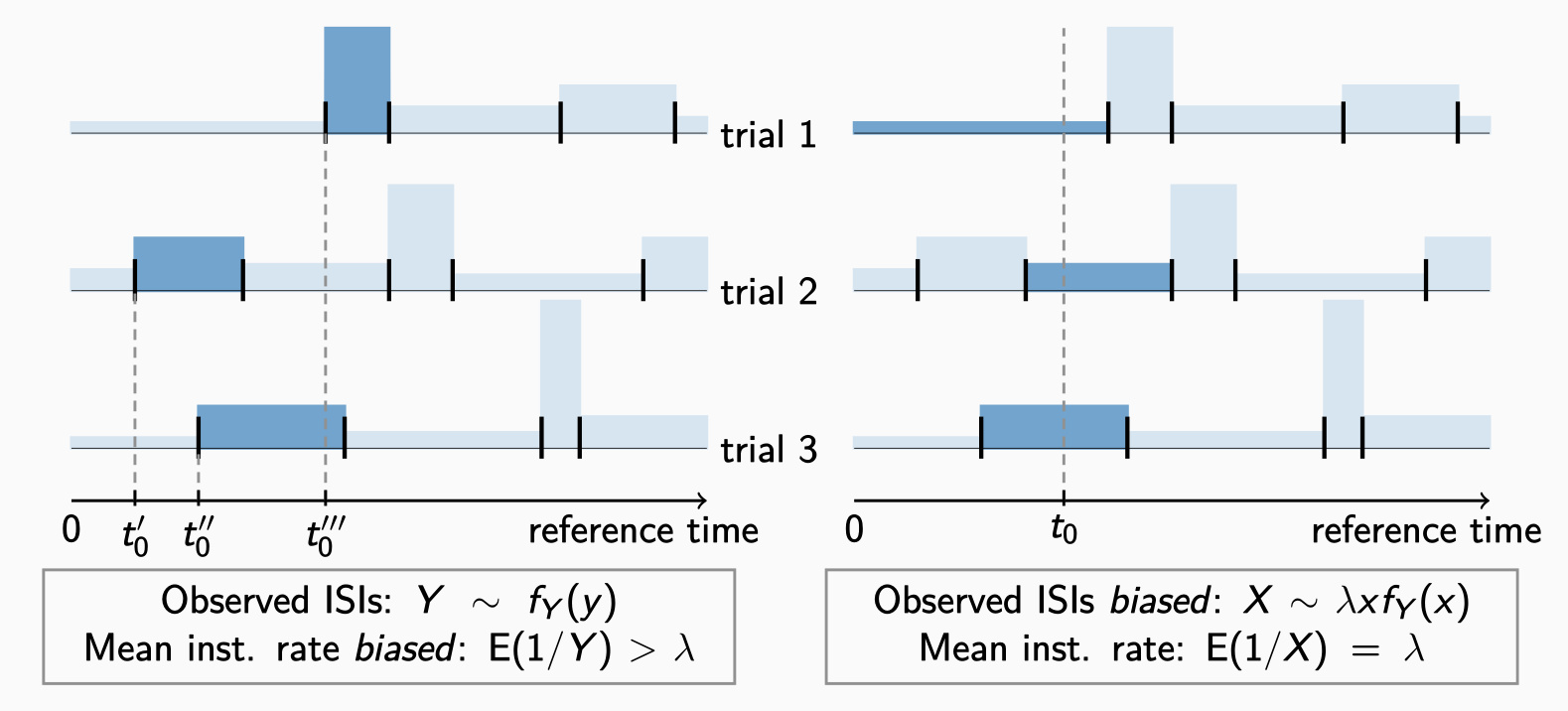A new method for quantification of information transmission reliability between neurons
The "frequency coding" hypothesis provides the classical explanation of the information transmission between nerve cells. This hypothesis relies on the observation that the average rate (frequency) of action potentials increases with stimulation intensity. However, the exact times of action potentials tend to vary even under identical experimental conditions. When evaluating experimental data, or simulated data, we must therefore quantify the variability among multiple trials in order to assess the reliability of frequency coding. The variability of neuronal recordings is usually measured by the Fano factor, whose estimation is considered problematic especially when the amount of data is limited. In this paper, we propose a novel method that allows a precise Fano factor estimation even in situations when the stimulus changes rapidly in time.

Rajdl K, Košťál L: Estimation of the instantaneous spike train variability. Chaos Solitons & Fractals. Roč. 177, December (2023), 114280. ISSN 0960-0779. E-ISSN 1873-2887 IF: 7.8 DOI
